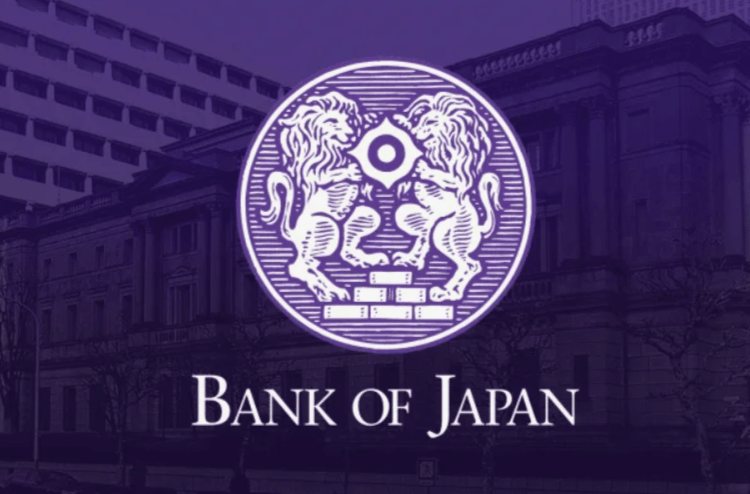Bank of Japan Slows Bond Tapering Plans to Stabilize Japanese Government Bond Market
The Bank of Japan (BOJ) is preparing to slow the pace of its bond purchase tapering starting from fiscal year 2025, according to sources close to the central bank’s internal discussions. This anticipated adjustment is driven by elevated volatility in the Japanese government bond (JGB) market, particularly in ultra-long maturities. The move reflects BOJ's effort to balance monetary policy normalization with the need to prevent disruptions in the fixed-income market.
Recent weeks have seen an unprecedented surge in yields on 30- and 40-year JGBs, driven by investor concerns about Japan’s fiscal trajectory. With the country’s debt-to-GDP ratio exceeding 260%, market participants are pricing in long-term risks to debt sustainability, prompting fears of destabilizing shifts in the sovereign yield curve.
BOJ Bond Tapering Strategy Adjusted to Mitigate Yield Curve Distortions
Since beginning its gradual exit from aggressive quantitative easing, the BOJ has sought to reduce its reliance on bond purchases without triggering adverse market reactions. However, the recent sell-off in long-dated JGBs has raised red flags about the pace and scale of the tapering strategy.
The rise in ultra-long yields — reaching multi-decade highs in May — is indicative of broader concerns about Japan’s fiscal position and the implications of higher debt servicing costs. These developments have forced the BOJ to consider decelerating its bond tapering in order to maintain orderly market conditions and avoid unintended monetary tightening.
The revised plan would not represent a policy reversal but rather a calibrated response aimed at supporting market stability as Japan continues its policy normalization journey.

Key JGB Market Developments — Quick Summary
40-year Japanese government bond (JGB) yield hit highest level in decades (May 2025)
BOJ plans a slower tapering pace in FY 2025 to avoid bond market disruptions
Japan’s sovereign debt exceeds 260% of GDP — highest among developed economies
Ultra-long JGB volatility reflects investor concern over debt sustainability
BOJ prioritizes gradual policy exit while minimizing yield curve stress
Financial Market Reaction to BOJ Tapering Shift and Policy Signals
The bond market has responded positively to indications of a slower tapering trajectory. Following the leaks, yields on long-term JGBs slightly declined, reflecting renewed investor confidence that the BOJ is committed to maintaining liquidity and avoiding excessive tightening.
Financial analysts view the move as a prudent recalibration of Japan’s monetary stance. Many believe that the BOJ’s approach is a necessary adaptation to real-time bond market dynamics, especially given the complexities of managing one of the world’s largest sovereign debt portfolios.
Importantly, this decision may delay expectations for a full exit from the yield curve control (YCC) regime. Analysts caution that while tapering remains essential for long-term monetary normalization, the path forward must account for Japan’s unique fiscal and demographic constraints.

Top 5 Insights on BOJ’s Policy Adjustment
Slower tapering is a risk management tool, not a reversal of normalization.
Investor demand for JGBs remains sensitive to long-term fiscal signals.
Yield curve control policy may persist longer than expected.
BOJ’s transparency will be key in maintaining market credibility.
Japan’s debt sustainability is now central to bond pricing dynamics.
BOJ’s Bond Market Strategy Highlights Japan’s Monetary Policy Complexity
The BOJ's decision to slow its bond tapering plan underscores the central bank’s dual mandate: facilitating monetary normalization while safeguarding market function. With Japan facing persistent demographic challenges and fiscal risks, any abrupt withdrawal from bond markets could exacerbate volatility and undermine confidence.
This adjustment marks a critical juncture in Japan’s post-COVID monetary policy evolution. It also highlights the delicate balance central banks must strike when transitioning from prolonged accommodative policies, particularly in economies with structurally high debt levels.















Comments
Embracing innovative investment approaches is accelerating capital growth to levels not seen before